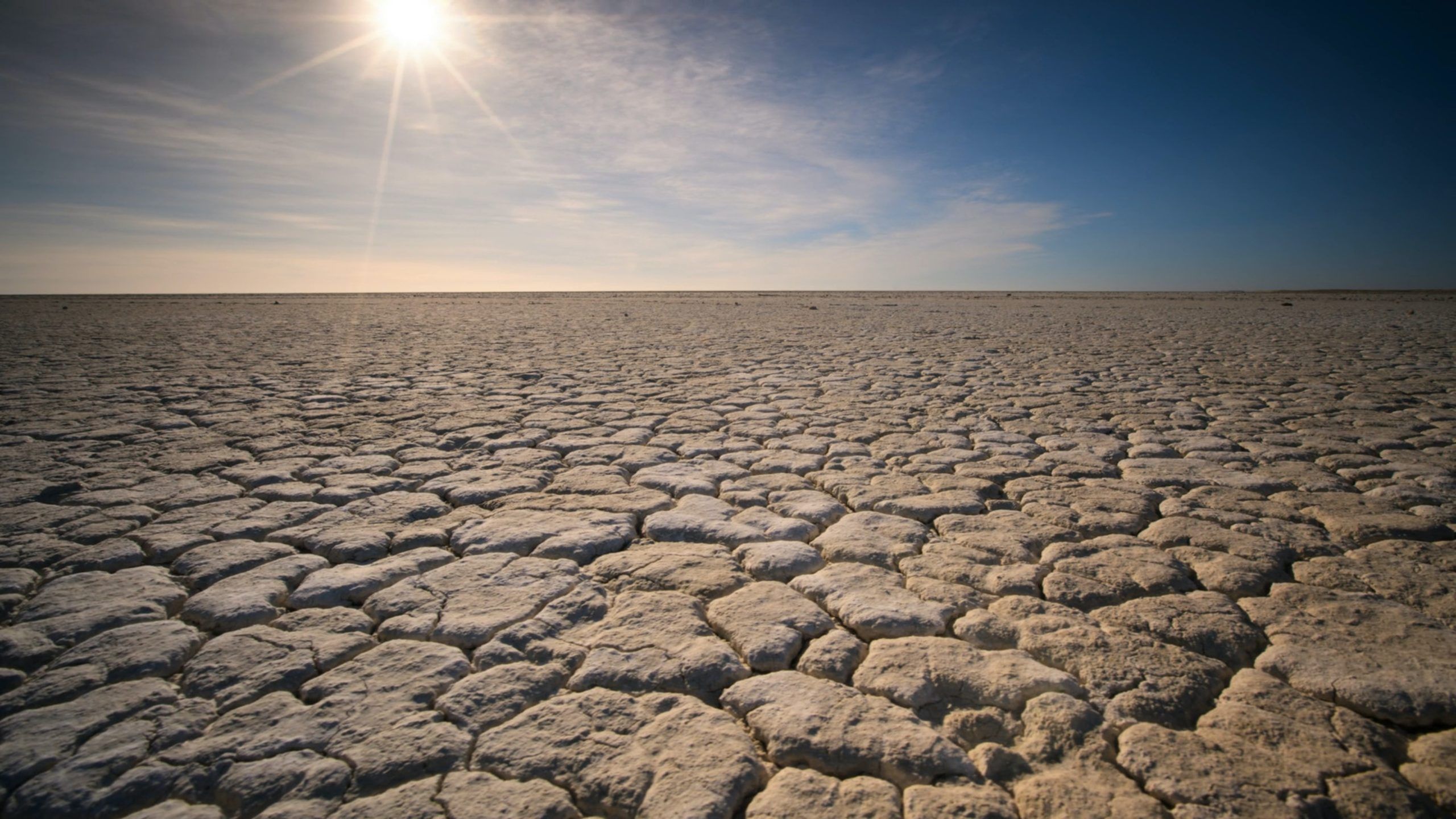In recent years, droughts have significantly affected regions across the EU. However, accurate assessment and quantification of drought risks and their impacts had remained challenging due to the complex nature of these events. Droughts cannot be easily defined or predicted: they develop gradually, can occur outside of seasonal patterns, and may persist over extended periods.
Thanks to an innovative approach, combining expert knowledge and machine learning, a first European Drought Risk Atlas offers a detailed and disaggregated view on the risks posed by droughts to our societies and ecosystems, as well as the underlying drivers of these risks.
The Atlas reveals that the current levels of drought risk are significantly high, with average annual losses posing both economic and environmental threats. The Atlas aims to support the development and implementation of drought management and adaptation policies and actions across the EU.
The increased frequency of droughts is shrinking the recovery window, leading to even more severe consequences, according to the Atlas. While climate change has already resulted in more intense and persistent meteorological droughts in southern Europe, it is expected that almost all the EU will be more affected by drought events with further global warming. More frequent and severe droughts affecting agriculture and ecosystems are projected to occur at 2 °C or above.
The Atlas is complemented by the European droughts impacts database, which contains data on drought impacts from 1977 to 2022. It will become available to users at a later stage. Both the Atlas and the database have been developed by the JRC and the European Drought Observatory for Resilience and Adaptation (EDORA) partners, and they will be integrated into the Copernicus European Drought Observatory run by the JRC.

|
A novel approach to assess drought
The Atlas uses an innovative approach to address the complex characteristics of drought hazards, risks and impacts. JRC and EDORA-partners employed expert knowledge and machine learning techniques to assess the risks for various sectors and systems within the EU under current conditions and projected climate scenarios of +1.5°C, +2°C, +3°C as compared to the pre-industrial period.
The assessment focuses on five sectors and systems: agricultural crop systems, public water supply, energy production, river transportation, and ecosystems. The analysis integrated findings from literature, consultations with experts, and data-driven assessments for the 27 EU countries to assess the risks associated with drought.
A novel approach to assess drought
The Atlas uses an innovative approach to address the complex characteristics of drought hazards, risks and impacts. JRC and EDORA-partners employed expert knowledge and machine learning techniques to assess the risks for various sectors and systems within the EU under current conditions and projected climate scenarios of +1.5°C, +2°C, +3°C as compared to the pre-industrial period.
The assessment focuses on five sectors and systems: agricultural crop systems, public water supply, energy production, river transportation, and ecosystems. The analysis integrated findings from literature, consultations with experts, and data-driven assessments for the 27 EU countries to assess the risks associated with drought.
More information: European Commission







Leave a Reply